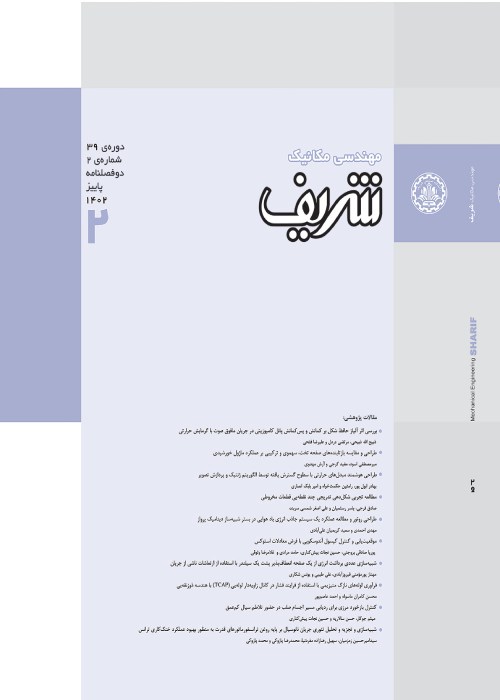Investigation of the local heating effect on the aerodynamic forces over a cylinder at Reynolds
The interaction of the thermal and velocity boundary layers of 2D cylinder at is modeled in ANSYS Fluent. Heating elements different positions as well as various temperature effects on the flow characteristics are investigated. Temperature variation of the cylinder surface changes the fluid properties including density, viscosity, specific heat and conductivity. Their dependencies are modeled in the form of polynomials as the function of temperature. The velocity inlet boundary condition of 0.6 m/s, the pressure outlet with 0 Pa and no-slip condition for cylinder wall are set. The lateral boundaries are freestream walls while the sidewalls are symmetric. The pressure-velocity coupling is modeled with Coupled method and is used for turbulence modelling. The surrounding temperature is . The comparison of the heating element application on the windward and leeward sides of the cylinder show that its usage on the leeward side is more efficient on the flow control and reduces the aerodynamic forces significantly. By increasing the fluid viscosity due to the temperature enhancement, the Reynolds number decreases while the surface friction increases. With surface friction enhancement under leeward side heating, vorticity strength is reduced and the vortices lengths are elongated downstream. Consequently, free shear layers interaction and vortex shedding are delayed forming a relatively symmetric velocity pattern and pressure distribution. The symmetry of the pressure distribution reduces the oscillation amplitude of the aerodynamic forces that leads to the flow control. Increasing the cylinder surface temperature on the leeward side rises the intensity aerodynamic forces variation. The results indicate that the location, size, and temperature of the heating elements influence the separation points of flow and the aerodynamic forces acting on the body. The utilization of the heating element with a temperature of on the leeward side leads to lift force and drag force reduction; while using them on the lateral sides, despite delaying the separation points of the flow, leads to flow instability. The size of vortices is decreased resulting in the higher shedding frequency. The cause of this phenomenon is related to the changes in the characteristics of flow and vortices that alter the velocity and pressure fields.
- حق عضویت دریافتی صرف حمایت از نشریات عضو و نگهداری، تکمیل و توسعه مگیران میشود.
- پرداخت حق اشتراک و دانلود مقالات اجازه بازنشر آن در سایر رسانههای چاپی و دیجیتال را به کاربر نمیدهد.


